Learn how to integrate evidence-based research for nutrition screening/interventions/prescriptions for sarcopenia in older adults!
Course Description
Sarcopenia, the loss of skeletal muscle mass and impaired muscle function in older adults, leads to poor health outcomes and significant economic costs. Evidence gaps remain regarding nutrition’s role in prevention, with prevalence varying based on living status, demographics, and diagnostic methods.
This course’s required reading explores diagnostic criteria and assessment methods for sarcopenia, along with a review of observational data and intervention studies on diet and nutrition as preventive strategies for adults aged 60–70.
This course is appropriate for registered dietitian nutritionists (RDNs), certified diabetes counseling and education specialists (CDCESs), and nutrition and dietetic technicians, registered (NDTRs) that are employed in health care settings including assisted living, independent living, skilled nursing and home health.
A case-study based CPE examination helps the reader apply information in the course to their work setting and patient population.
Purchasing Options: This is available as eDocument plus CPE Test only. Includes a link to the required reading in the course document, electronic test, and 1 certificate with passing grade.

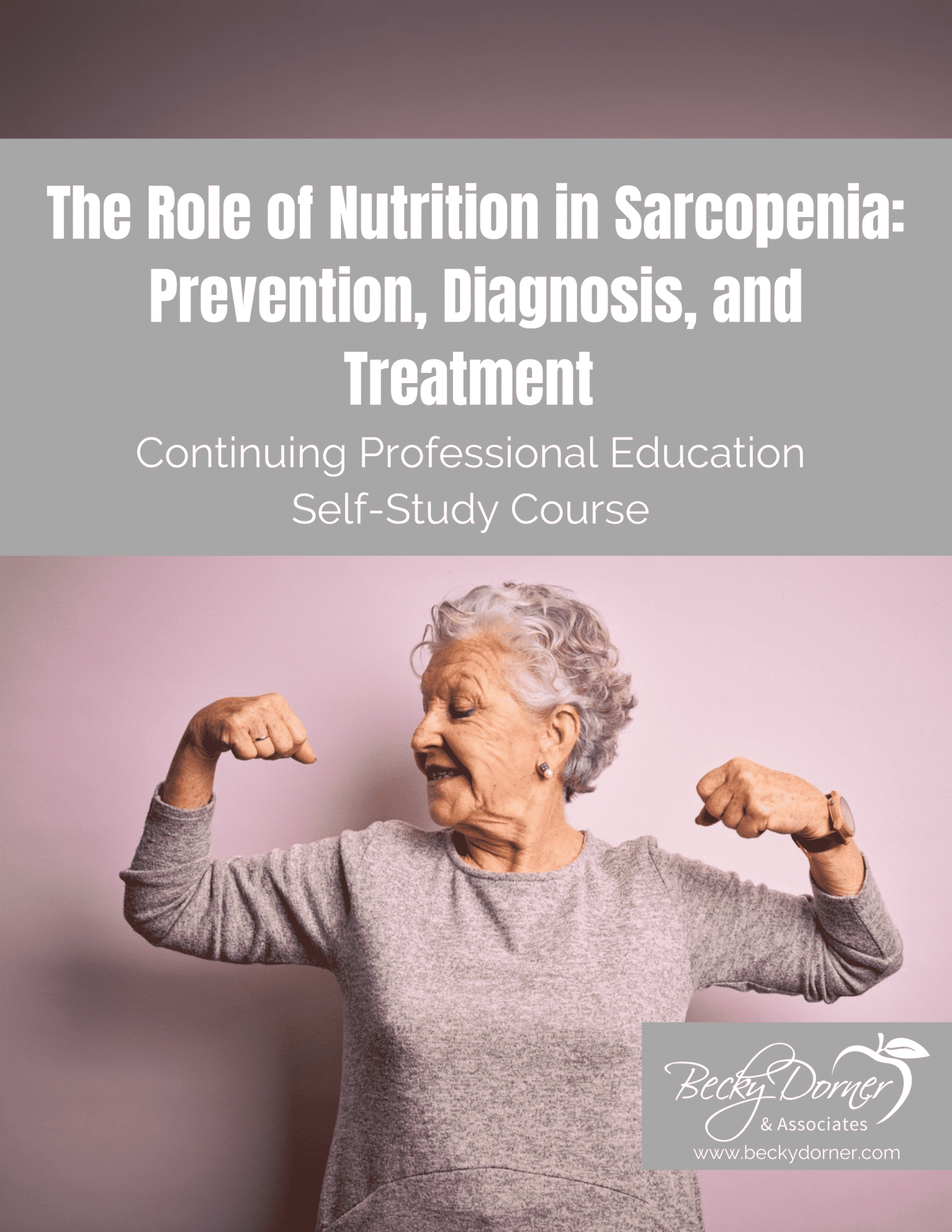
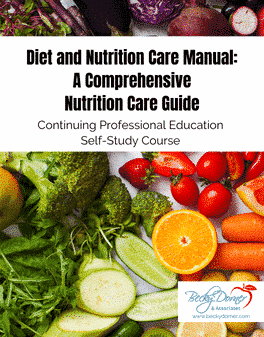
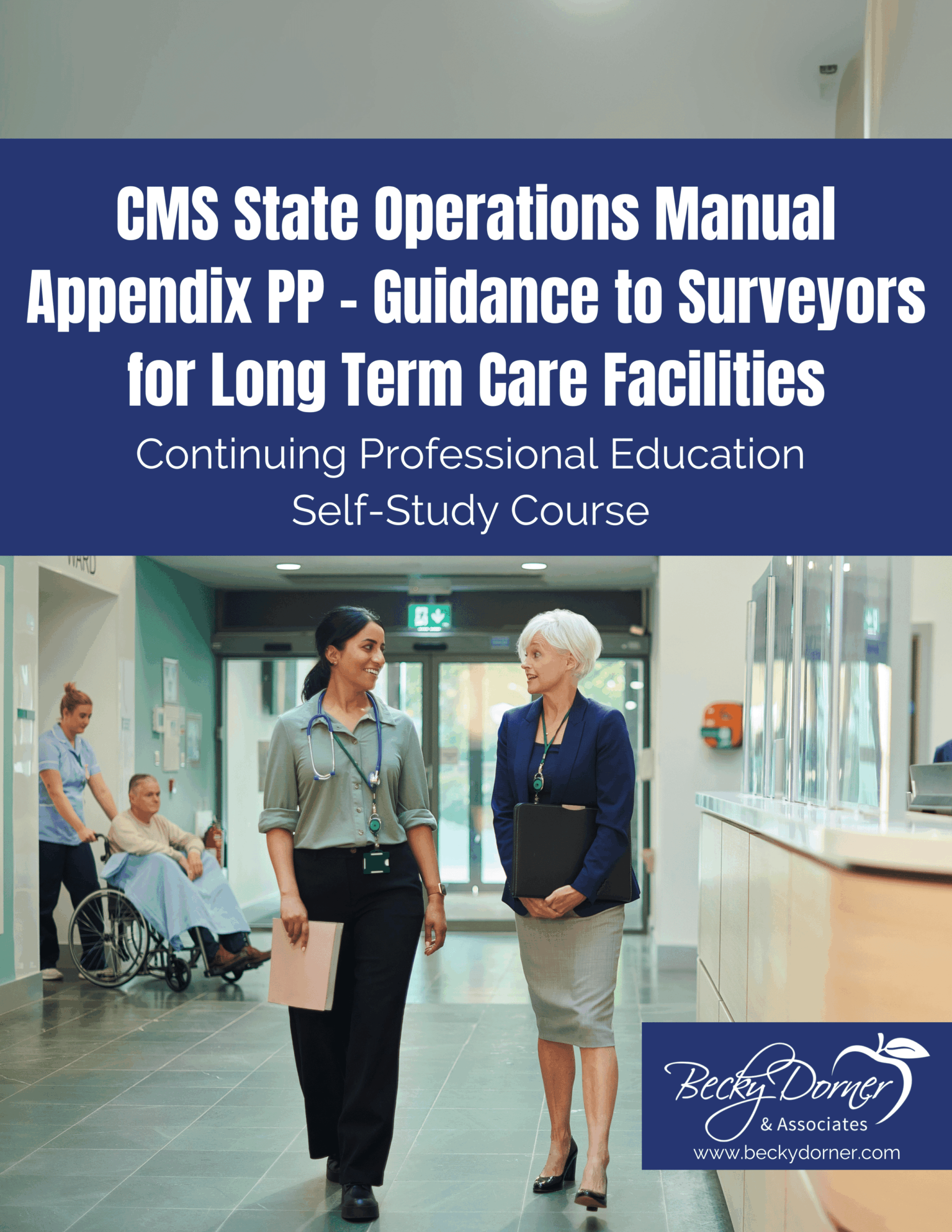


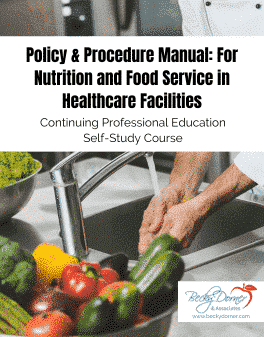
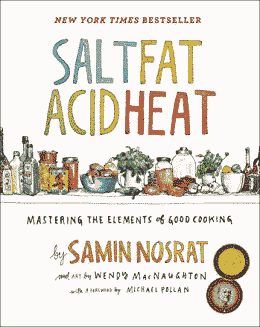


Reviews
There are no reviews yet.